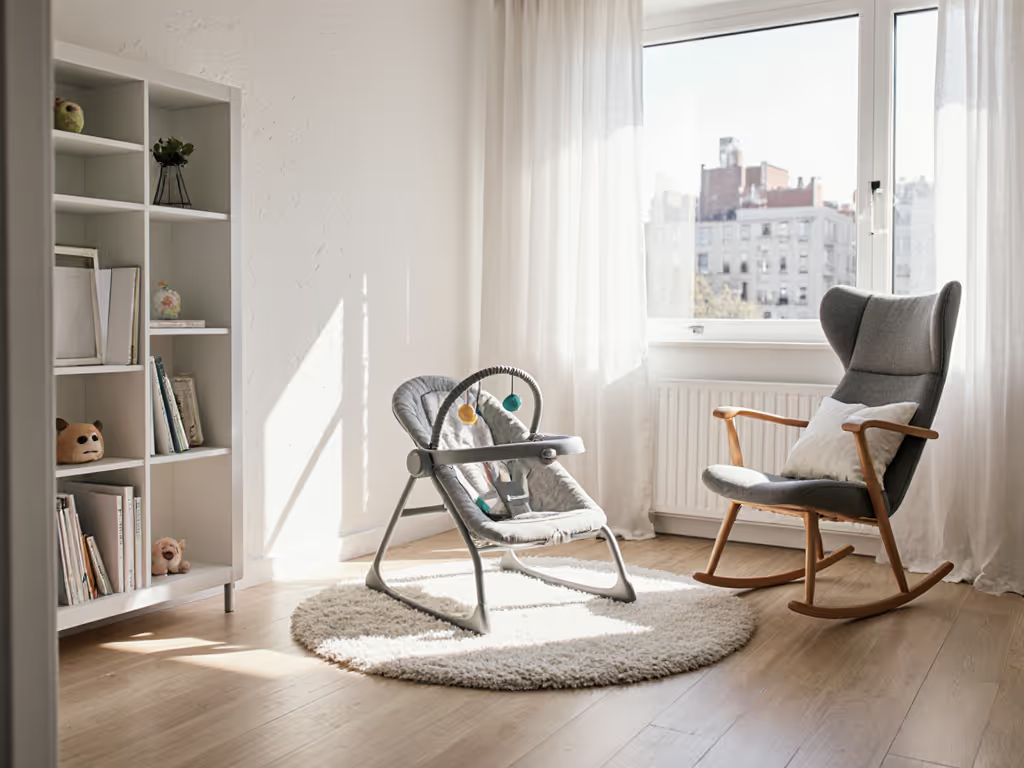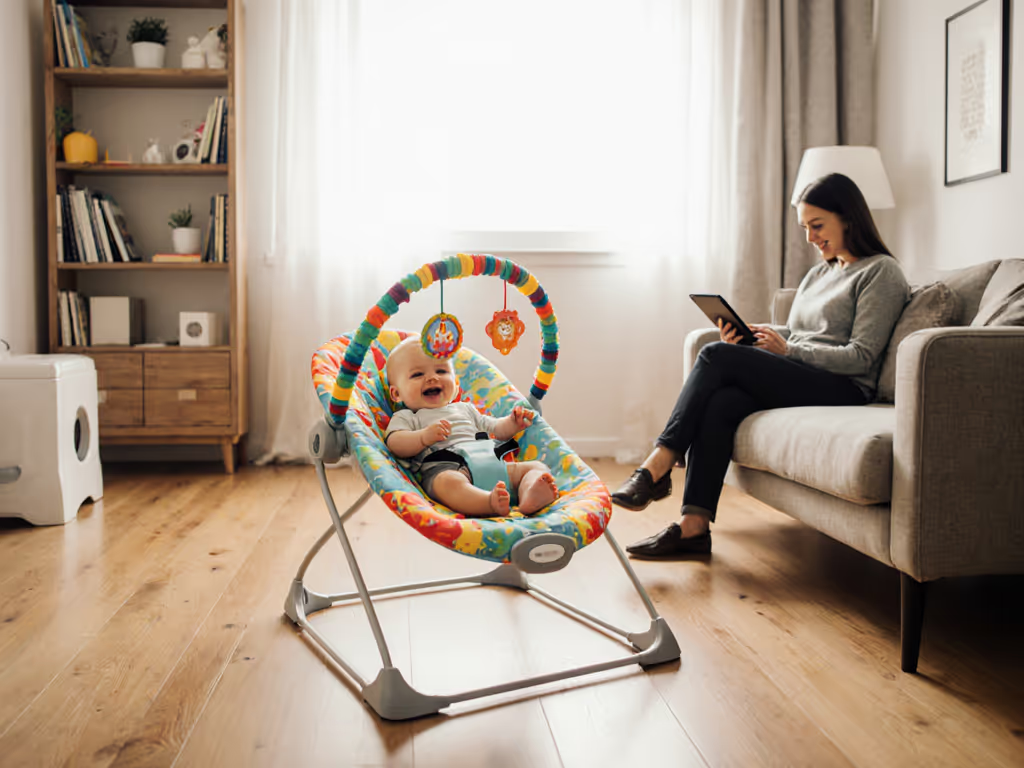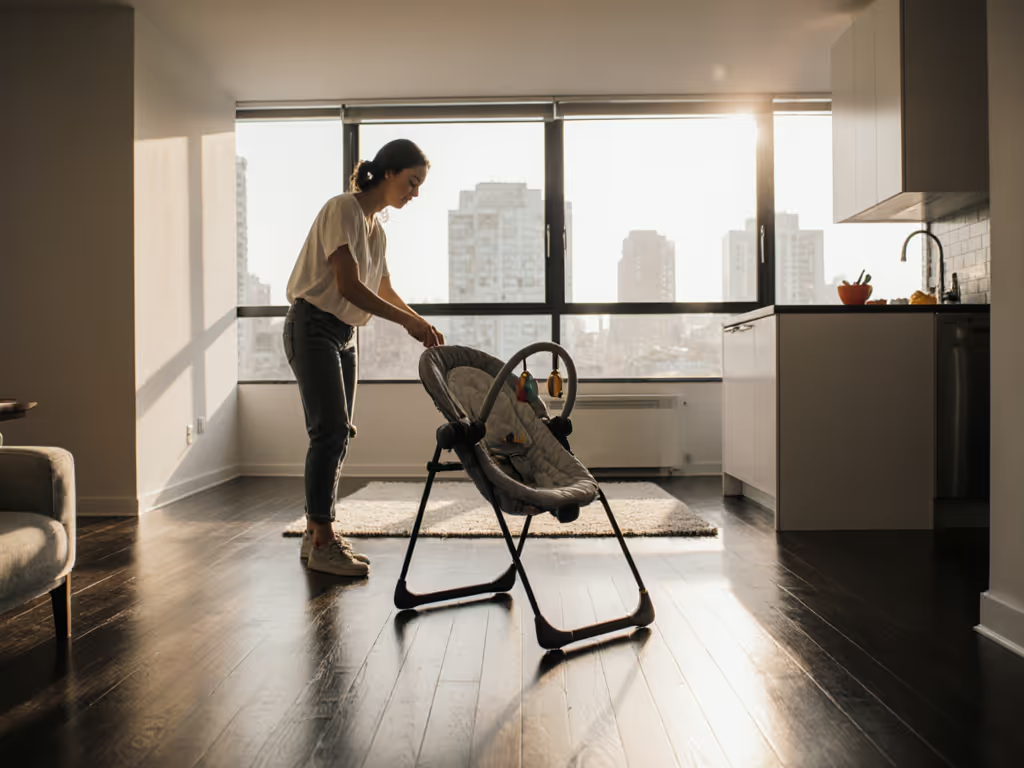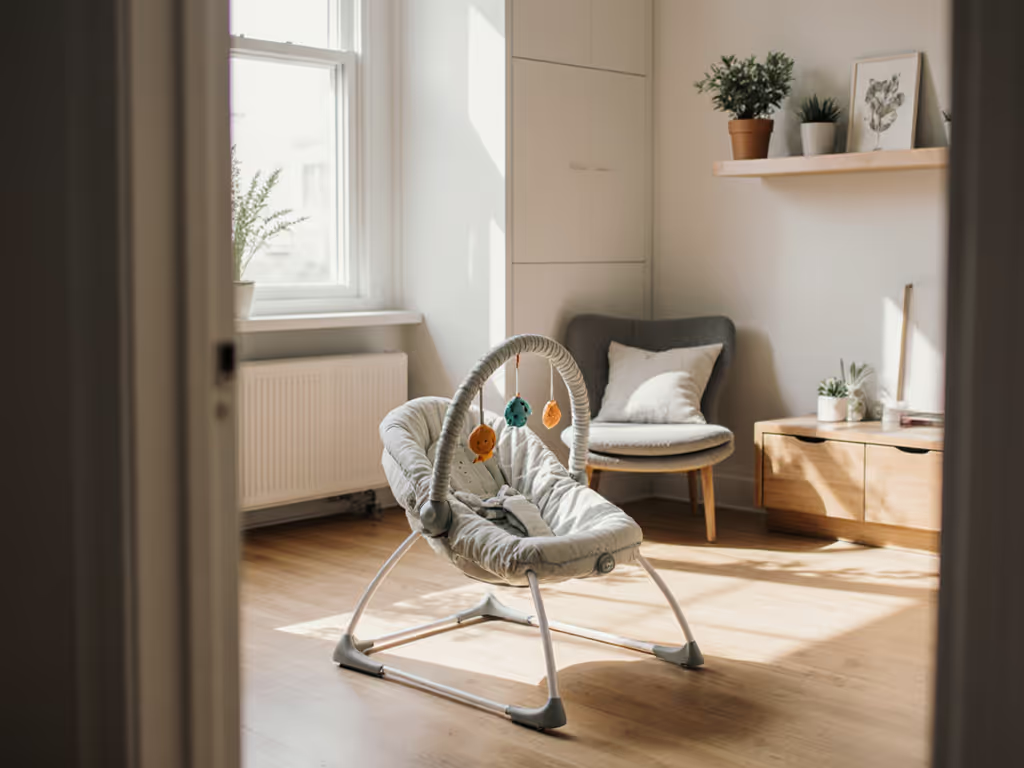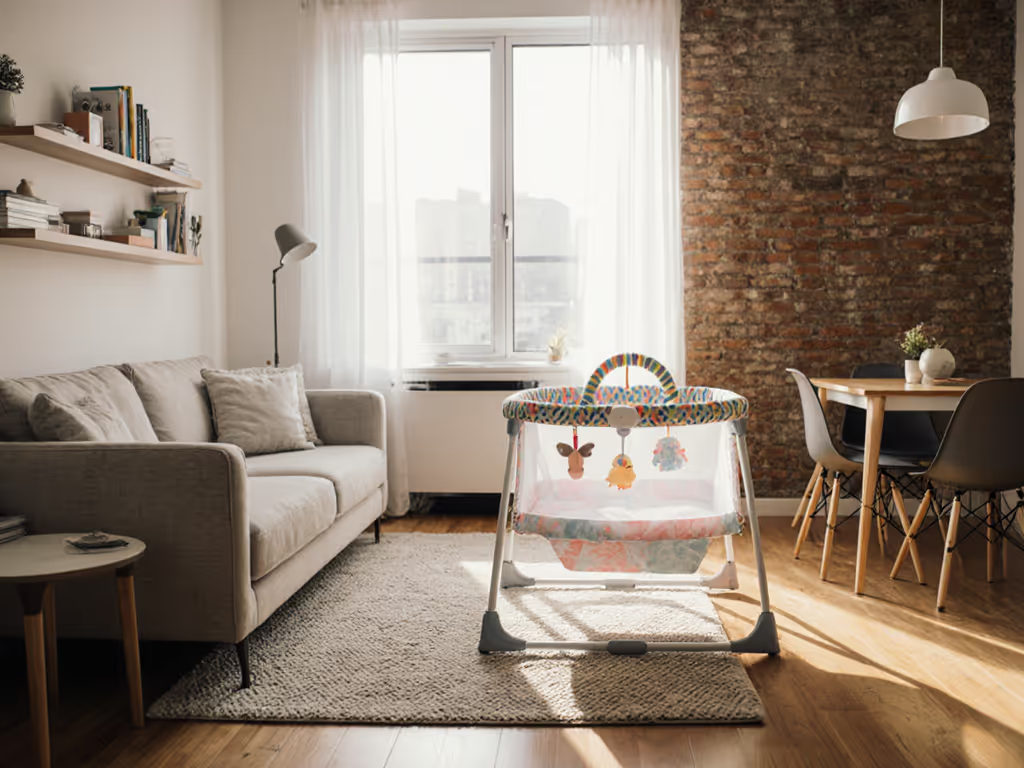When your tiny apartment feels like a whirlwind of spit-up and sleepless nights, your infant activity bouncer might seem like a lifeline. But let's be clear: this handy tool only stays a lifeline when woven into consistent safety routines. The infant bouncer seat isn't a sleep space or a hands-off babysitter, it is a temporary support for your rhythm. Safety lives in routines, not marketing claims or modes. As a parent educator who's timed soothing routines in cramped city apartments, I've seen how short, supervised stints transform anxiety into calm. Let's cut through the noise with evidence-based habits for your real home.
Why Safety Routines Trump "Safety Features"
That friend who just needs 10 minutes to shower? I've been there. But when she whispered "I let my newborn nap in the bouncer because it's the only quiet moment," her exhaustion hit close to home. Research confirms why this worries me: Between 2006-2016, CPSC data shows 12 suffocation deaths occurred when unrestrained babies tipped bouncers onto soft surfaces like beds or sofas. Another 54 injuries came from falls off counters or tables. Marketing might tout "breathable mesh," but safety starts with where you place it and how long you use it.
Safety is a routine you practice, not a feature you buy. A stable base means nothing if you place it on your couch for convenience.
Your routine fix: Treat the bouncer like a kitchen timer. Set it only on hard, flat floors, never beds, sofas, or counters. Use it during your coffee break or shower, max 20 minutes. When the timer dings, move baby to a flat sleep surface. This isn't perfection; it's practice.
FAQ Deep Dive: Real Answers for Real Homes
Q: "Can I use the bouncer for naps when my baby finally sleeps?"
A: Never as a sleep space. Pediatric guidelines and CPSC rules agree: bouncers aren't flat sleep surfaces. The slight recline risks airway obstruction, especially if baby's head lolls forward. In soft-surface suffocation cases, babies turned sideways while unrestrained. Your routine fix: If baby dozes in the bouncer, move them immediately to a crib or bassinet. Set phone reminders: "Bounce = playtime. Sleep = flat surface." Short, supervised stints prevent accidental naps.
Q: "How long is too long in the bouncer? My baby seems happy there."
A: Max 20-30 minutes per session. Even quiet babies can develop positional asphyxia (impaired breathing from slumped posture). Thin-walled apartments make this urgent; you won't hear silent struggles. Your routine fix: Pair bouncer time with your task (e.g., loading dishwasher = 15 mins). Use a visible kitchen timer. Track totals: under 1 hour daily. Exceeding this risks flat head syndrome and delays motor skills.
Q: "When do I stop using it? My baby's 5 months and loves it!"
A: Stop when baby tries to sit up or climb out. Weight limits (usually 20 lbs) matter less than development. A wiggly baby can tip even stable bases. CPSC reports falls when mobile infants pushed against bouncer sides. Your routine fix: Watch for these cues: "Hips lifting off seat," "Hands bracing on sides," "Attempted rolling." Transition to floor play, no gear needed. That bouncer served its purpose; celebrate the milestone!
Q: "Are straps really necessary for supervised use?"
A: Yes. Always. Even 30 seconds of distraction (e.g., grabbing a dropped bottle) can lead to tipping. CPSC mandates: "ALWAYS use restraints snugly, even if baby falls asleep." Your routine fix: Make strap-check part of your deployment ritual. "Sit baby down -> buckle -> adjust straps -> set timer." No exceptions. Loose straps increase fall risk by 70% (per 2018 CPSC stability tests).
Q: "What about bouncer rockers or automatic vibrators?"
A: Prioritize stability over motion. "Infant bouncer rocker" features often compromise base width. In tight spaces, a rocking bouncer near a wall can tip if baby kicks hard. For a clear breakdown, see our automatic vs manual bouncers comparison for tiny homes. Your routine fix: Manual bounce only. Place it centrally in your room (not near furniture edges). If baby needs motion for reflux, hold them instead, your arms adjust better than preset vibrations.
Building Your Safety Routine: Minimalist, Maximal Impact
Urban parents thrive on simplicity. Skip complex gear, build these 3 habits:
- The Floor Rule: "Bouncer ONLY on hard floor" (verbatim from CPSC labels). Never carpet (it can shift), never beds. Why it works: Hard floors let you hear every wiggle. Place it where you always can see baby (e.g., kitchen while cooking).
- Timer Triads: 3 short sessions daily (max 20 mins each). "Breakfast cleanup, lunch prep, dinner cook." Syncs with natural pauses in your day.
- The 20 lb Check: Weigh baby monthly. "Stop when baby sits unaided OR hits 20 lbs, whichever comes first." Write the date on your calendar.
Final Verdict: Safety Starts With Your Rhythm
The real benefits of baby bouncer use aren't in fancy features, they're in your confident, consistent habits. A low-profile bouncer with clear recline adjustments (like those meeting 2018 CPSC standards) supports short, supervised stints without dominating your space. But no gear replaces your awareness. When you anchor usage to routines: floor placement, timer limits, strap checks, you create calm without compromise. Remember: safety isn't bought in a box. It is built in the quiet moments you protect, one 20-minute session at a time. Your apartment may be small, but your capacity for mindful care isn't. Start today: pull out that bouncer, set your timer, and breathe. You've got this.
